The Handstand Secrets
Posted by Paul Zaichik on
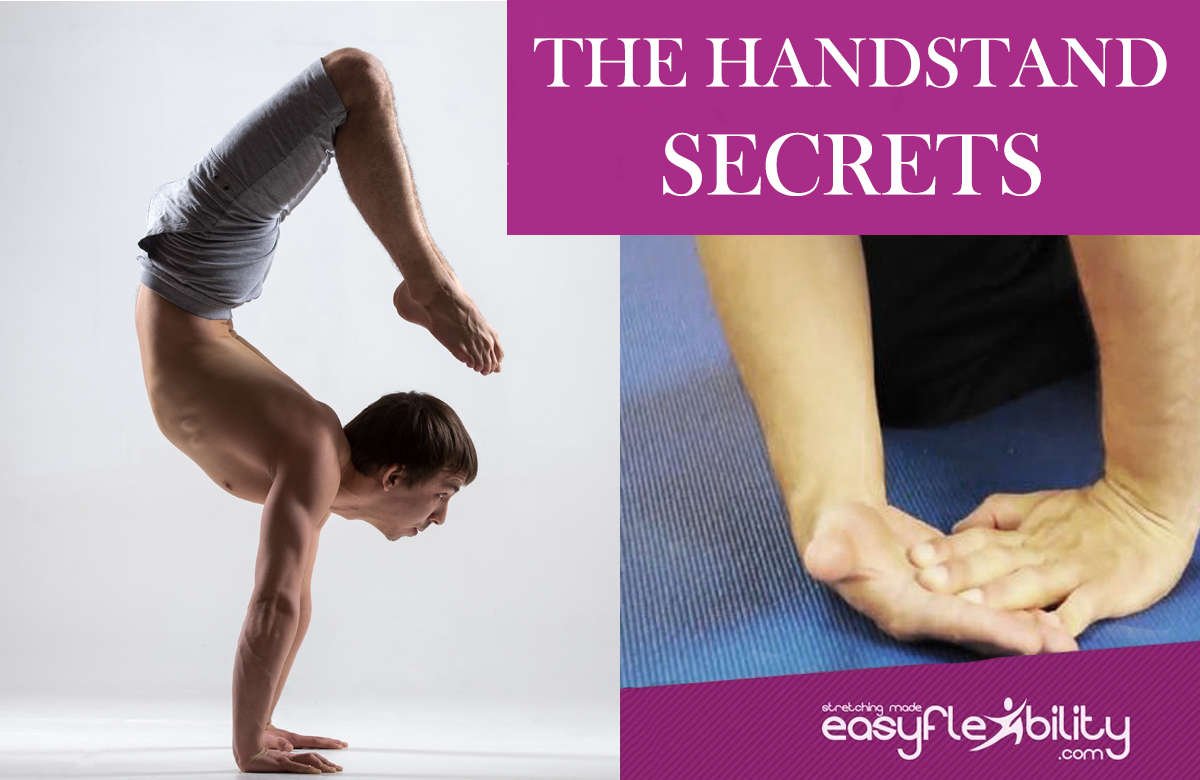
You are not going to get a good handstand unless you have the following prerequisites.
This should not come as a surprise to you that. If you don't have an appropriate range of motion in your wrist you're going to have a very tough time learning the handstand.
A while back, a yoga teacher that I met on Facebook has invited me to do a handstand workshop at his studio. I also made an announcement to the people in the area that I will be doing a workshop. A lot of people showed up hoping to walk out with a handstand or with a better handstand after taking this workshop.
A while back, a yoga teacher that I met on Facebook has invited me to do a handstand workshop at his studio. I also made an announcement to the people in the area that I will be doing a workshop. A lot of people showed up hoping to walk out with a handstand or with a better handstand after taking this workshop.
I asked the attendees who can and cannot do a handstand. By the show of hands, I saw that about a quarter of the people were able to do some form of a handstand.
Most of those who were able to do a handstand, were not able to do a straight handstand. The elbows would bend, the back would bend, the head was in the wrong position, legs were in the wrong position, the elbows were flaring out, but they managed to hold themselves upside down for a few seconds, at least.
I decided to get the disappointment out of the way at the beginning of the workshop, and I informed everyone that unless they have the prerequisites. They should not start on the handstand. And ifthey do, they're not going to get a proper handstand if the prerequisites are not there.
I then asked everyone to do a little test to see if they had the prerequisites. The test consisted of the following:
Wrist extension flexibility. Wrist extension is moving the back of your hand in the direction of the back of your forearm. In other words, the dorsal side of your wrist in the direction of the dorsal side of your forearm.
I was testing them on passive flexibility. Everyone simply had to get down on the floor, place their palms on the floor, and see how much they could extend their wrist. Ideally with their shoulders being over their fingertips with their elbows locked.
To prove my point. I took two people whose handstands were the best in the group. And I asked them to do the test in front of everybody. There was a correlation. The ones that had closest to the best handstand also had the best wrist extension flexibility. As well as otherprerequisite markers which I will discuss in part two of this article.
I was testing them on passive flexibility. Everyone simply had to get down on the floor, place their palms on the floor, and see how much they could extend their wrist. Ideally with their shoulders being over their fingertips with their elbows locked.
To prove my point. I took two people whose handstands were the best in the group. And I asked them to do the test in front of everybody. There was a correlation. The ones that had closest to the best handstand also had the best wrist extension flexibility. As well as otherprerequisite markers which I will discuss in part two of this article.
Wrists, Fingers & Forearm Strength & Flexibility Training
The Wrist and forearm flexibility program is often forgotten and neglected compared to large muscles such as the hamstrings, adductors and even Lats or hip flexors.
Our program does away with standard relaxed stretches. When working the hand and forearm too often general stretches don't hit every muscles, often neglecting the deeper ones, if the superficial are too tight. Our techniques focus on each muscle one at a time. Two or more actions of each mover are used against each other to create space and quickly gain length and range of motion. Our system also allows to avoid the pain of the stretch reflex.
It's easy to get started!
If you are ready to start your Wrists, Fingers & Forearm training with a training method that is Easy, Pain Free and Fast, that is designed to work naturally with your body and keep your flexibility for years to come, then join thousands of satisfied EasyFlexibility practitioners and START YOUR TRAINING TODAY!
"You must have more flexibility, passively, than you're going to use actively!"
Having shown this to the group I delivered one of my favorite lines, something that EasyFlexibility practioners have heard many times over the years.
"You must have more flexibility, passively, than you're going to use actively!" It doesn't matter which muscles are being active, the same ones that are being stretched or the opposite to the ones that are being stretched. You need more passive flexibility than active flexibility. In a handstand, it's the same muscles that
are being active as the ones being stretched, as far as the fingers, wrist and
forearm are concerned.
There were several people in the class who have never really practiced a handstand before. This was the first time that they wanted to learn how to do a handstand and they had very flexible wrist extension.
After we did all the tests, and I will mention the other tests in the next article, I have informed most of the people in the group that they should not start working on their handstands. Instead I will show them how to develop their prerequisites. I told him that I'll do a follow up workshop, and if they have their prerequisites at that point, I will show them how to work in a handstand.
This is not how I work on wrist flexibility, but this is how most people do it.
Flexible wrists seems like an easy no brainer to most people. Most people think that all you have to do is just keep pushing your hand or keep pushing your forearm in a specific direction until you get it. However, that is not the case.
This is not how I work on wrist flexibility, but this is how most people do it. The muscles that flex the wrist and flex the fingers, the ones that prevent the wrist and finger extension, are not uniform. Each one is unique. I will not bore you here with anatomy and kinesiology since this post is not about that. At the same time, supporting exercises must be included. Flexibility is good, but flexibility without strength is not very useful here.
Proprioception and awareness
And when we're talking about hand balancing, there's another very important aspect. Proprioception and awareness. It's not brute strength. It's also an ability to apply a lot of little contractions at the right time. In a very short period of time to adjust so that the body can stay vertical with hand support.
So if you're looking to do a handstand, wrist extension is your first prerequisite. Check it. See if you can get your shoulder at least over your fingertips, which means that there's going to be more than 90 degrees of wrist extension.
We have a Wrist & Finger & Forearm program which actually addresses both the flexion and the extension. So, if you see that you're not meeting the first prerequisite (flexible wrists) for handstand, this is definitely a place to start in preparation for a perfect handstand. Stay tuned for part two of handstand prerequisites.
Get your Wrists, Fingers & Forearm Program!
Our program does away with standard relaxed stretches. When working the hand and forearm too often general stretches don't hit every muscles, often neglecting the deeper ones, if the superficial are too tight.
© ElasticSteel Corp., EasyFlexibility, Paul Zaichik, et. El., 2022. No part of the materials available through ElasticSteel.com, EasyFlexiiblity.com, site may be copied, photocopied, reproduced, translated or reduced to any electronic medium or machine-readable form, in whole or in part, without prior written consent of Paul Zaichik EasyFlexibility.com, Elasticsteel.com.. Any other reproduction in any form without the permission of Paul Zaichik EasyFlexibility.com, Elasticsteel.com is prohibited. All materials contained on this site are protected by United States copyright law and may not be reproduced, distributed, transmitted, displayed, published or broadcast without the prior written permission of Paul Zaichik, EasyFlexibility.com, Elasticsteel.com.
Share this post
1 comment


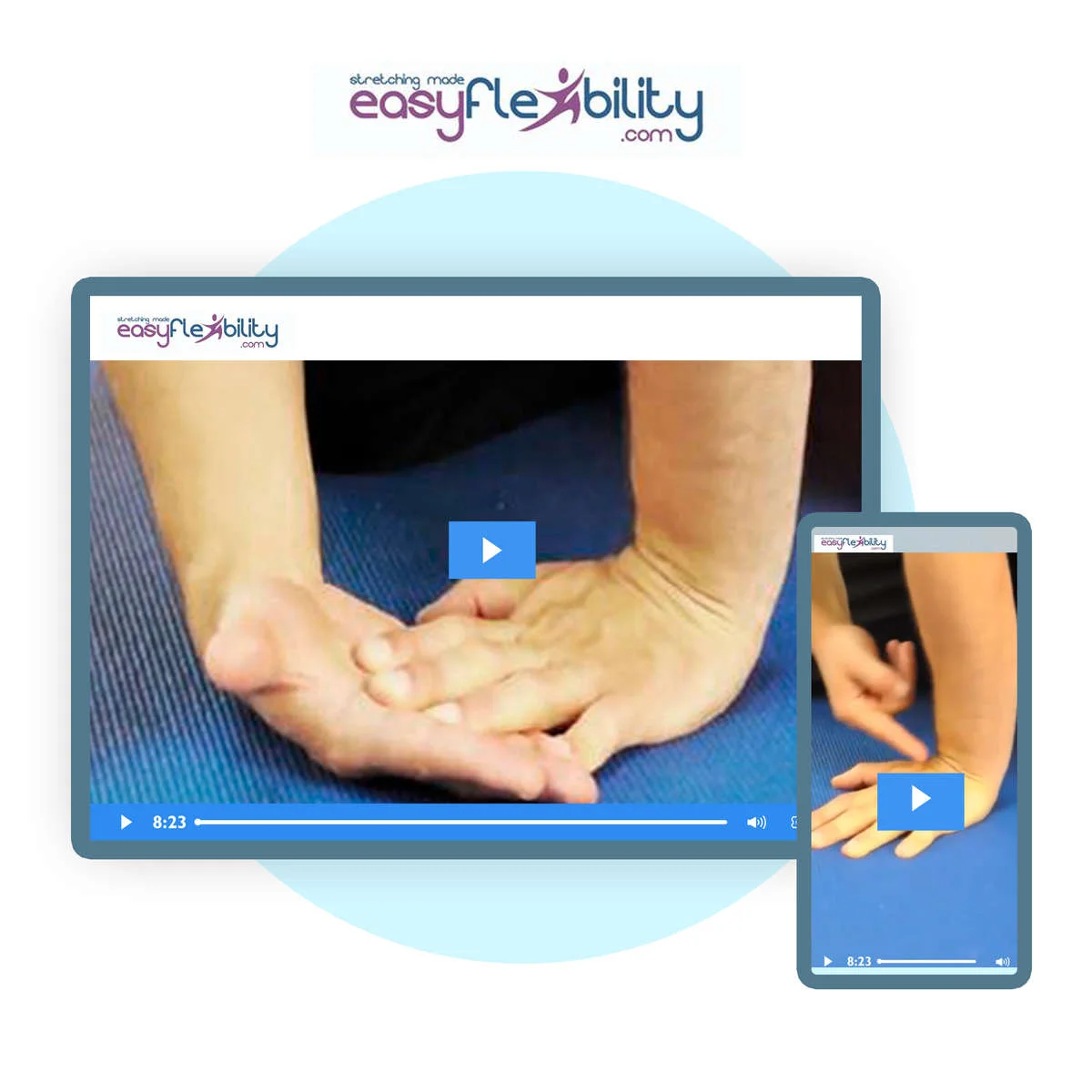
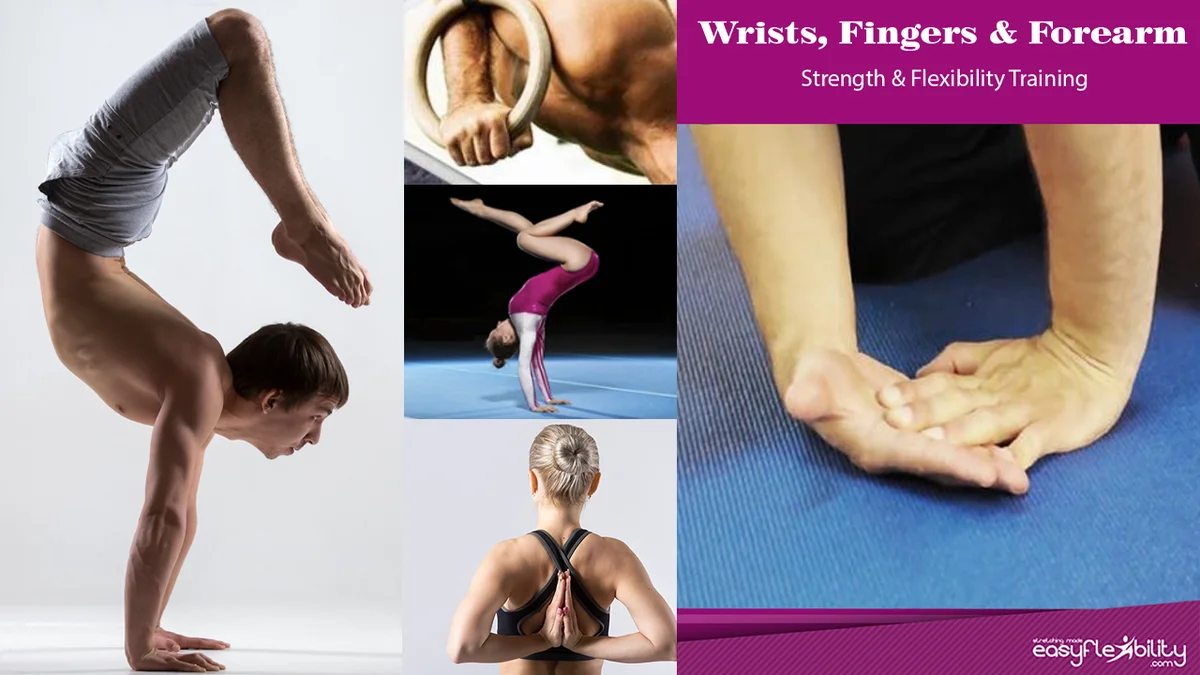
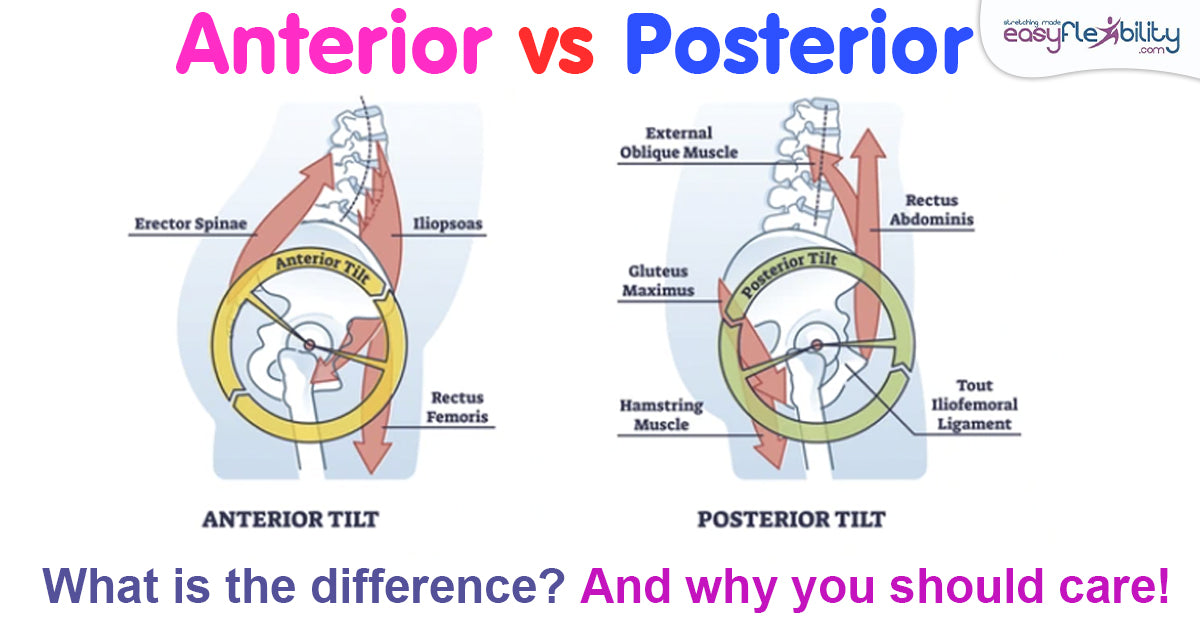
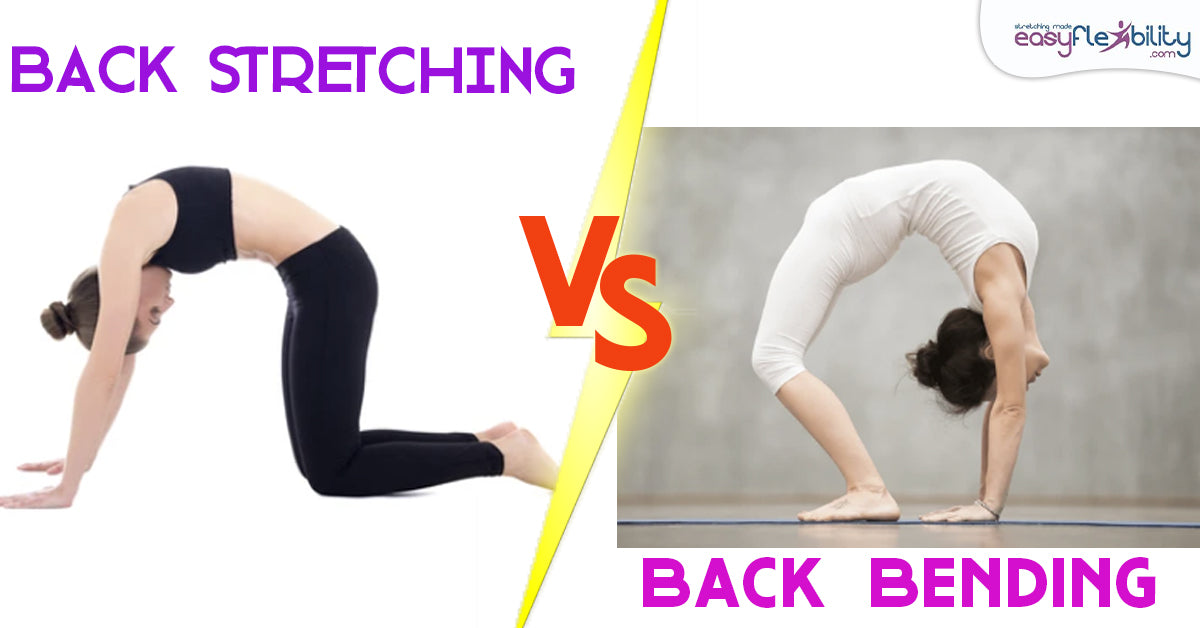
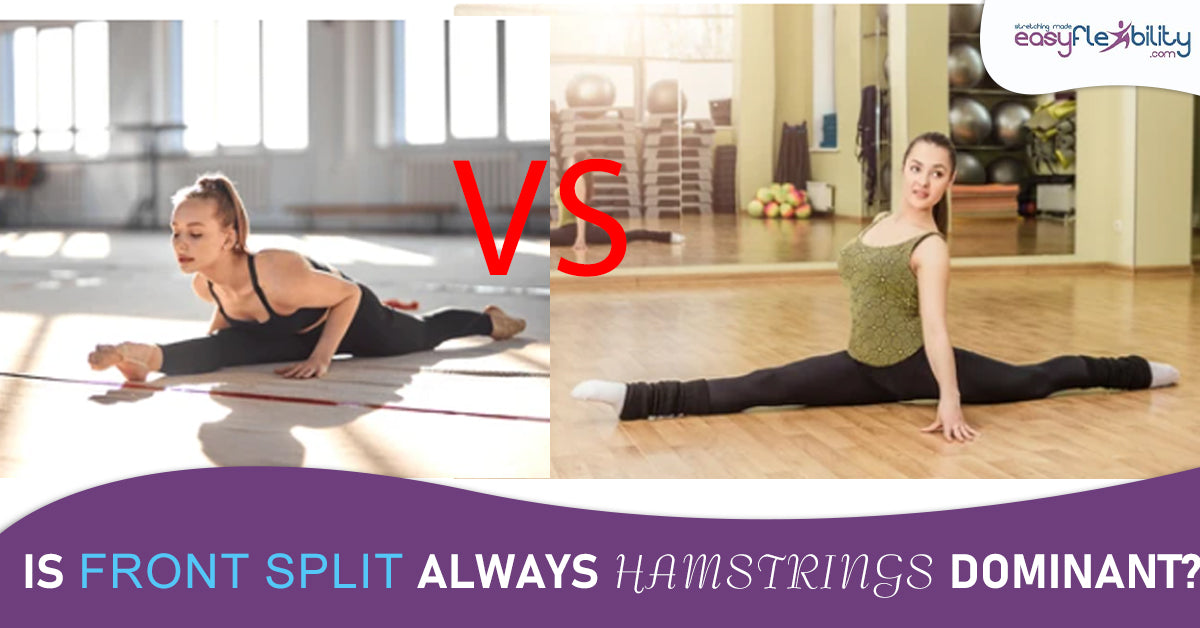
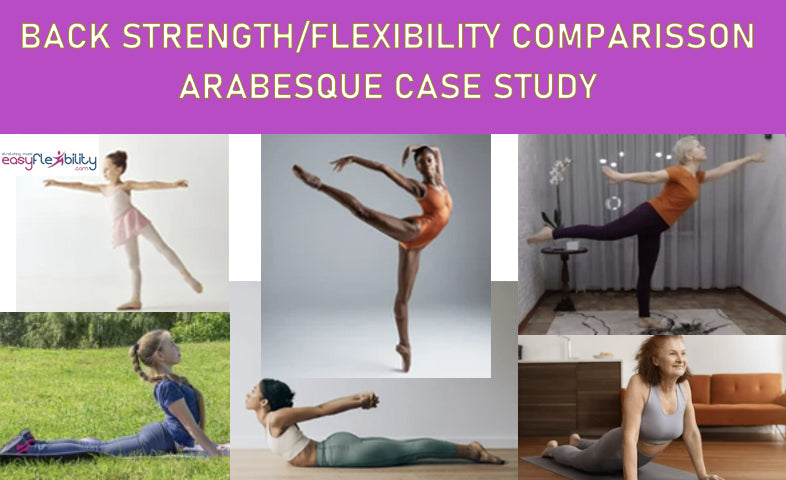
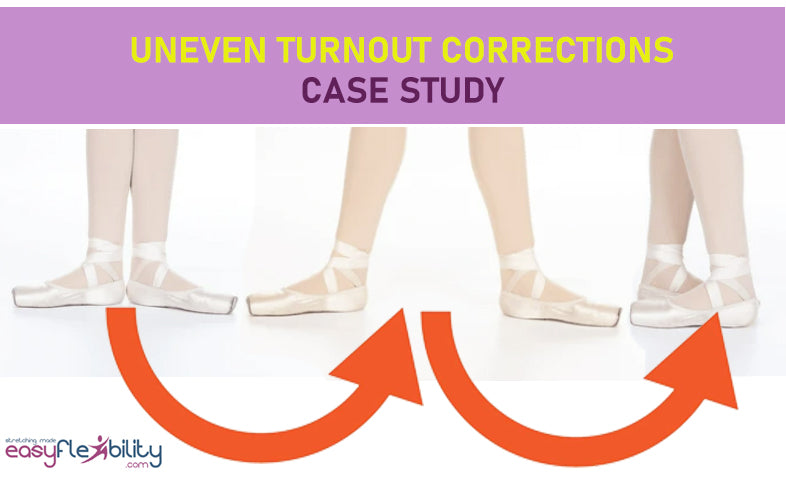

I like your programme very much.